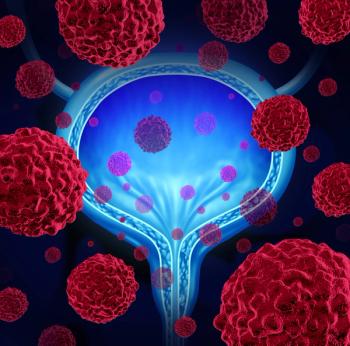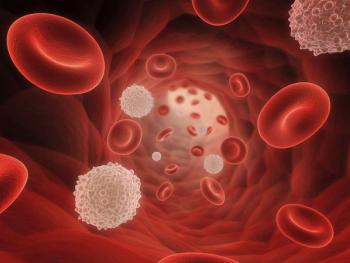
Miami Breast Cancer Conference® Abstracts Supplement
- 41st Annual Miami Breast Cancer Conference® - Abstracts
- Volume 38
- Issue 4
- Pages: 78
65 Racial Disparities in Treatment Patterns and Outcomes Among HER2-Low Metastatic Breast Cancer Patients Treated in US Community Oncology Practices
Background
This study aimed to assess treatment patterns and outcomes among African American (AA) vs White patients with HER2-low (immunohistochemistry [IHC] 1+, IHC 2+/in situ hybridization–negative) metastatic breast cancer (mBC) who received 2 or more lines of systemic treatment.
Materials
A retrospective chart review (using PQ-Integra deidentified database) was performed for 500 patients with diagnosis of HER2-low mBC who completed their first-line (1L) systemic treatment and initiated second-line (2L) therapy between January 2020 and March 2022. Demographics, clinical characteristics, and treatment patterns were analyzed descriptively. Time to treatment discontinuation (TTD) for each line was estimated via Kaplan-Meier methods.
Results
Of 500 HER2-low mBC patients, 358 (72%) were White, 76 (15%) were AA, 8 (2%) were Asian, and 58 (12%) were of other races. The mBC onset was earlier in AA patients vs White patients (median age, 57 vs 66 years); more patients who were AA than patients who were White reported self-paying for care (8% vs 3%, respectively) and were hormone receptor–negative (HR–) (51% vs 34%) and premenopausal (49% vs 26%).
Among patients withHR-positive/HER2-low (AA, n = 37; White, n = 237), AA vs White patients had lower use of hormone therapy with or without CDK4/6 inhibitors (46% vs 60%, respectively) and higher use of chemotherapy (30% vs 18%) in the 1L setting and slightly higher use of chemotherapy (24% vs 22%) and lower use of hormonal therapy alone (8% vs 21%) in the 2L setting.
Among HR-negative/HER2-low patients (AA, n = 39; White, n = 121), patients who were AA , when compared with patients who were White, had lower use of chemotherapy alone (59% vs 64%) and higher use of immunotherapy (IO)(31% vs 22%) in the 1L setting and slightly higher use of chemotherapy (54% vs 51%) and lower use of IO (18% vs 21%) in the 2L setting.
Within a median follow-up of 11.2 months (IQR, 6.3-17.9) from 2L initiation, 76% of patients who were AA patients (n = 58)and 61% of patients who were White (n = 220)with HER2-low mBC moved to the third-line (3L). The median TTD in the 2L and 3L settings was shorter for AA vs White patient groups regardless of HR status.
Conclusions
Racial disparities may exist in treatment utilization and clinical outcomes in HER2-low patients with mBC. The effect of sociodemographic and clinical characteristics on adoption of novel therapies warrants further investigation.
Articles in this issue
Newsletter
Stay up to date on recent advances in the multidisciplinary approach to cancer.

















































































